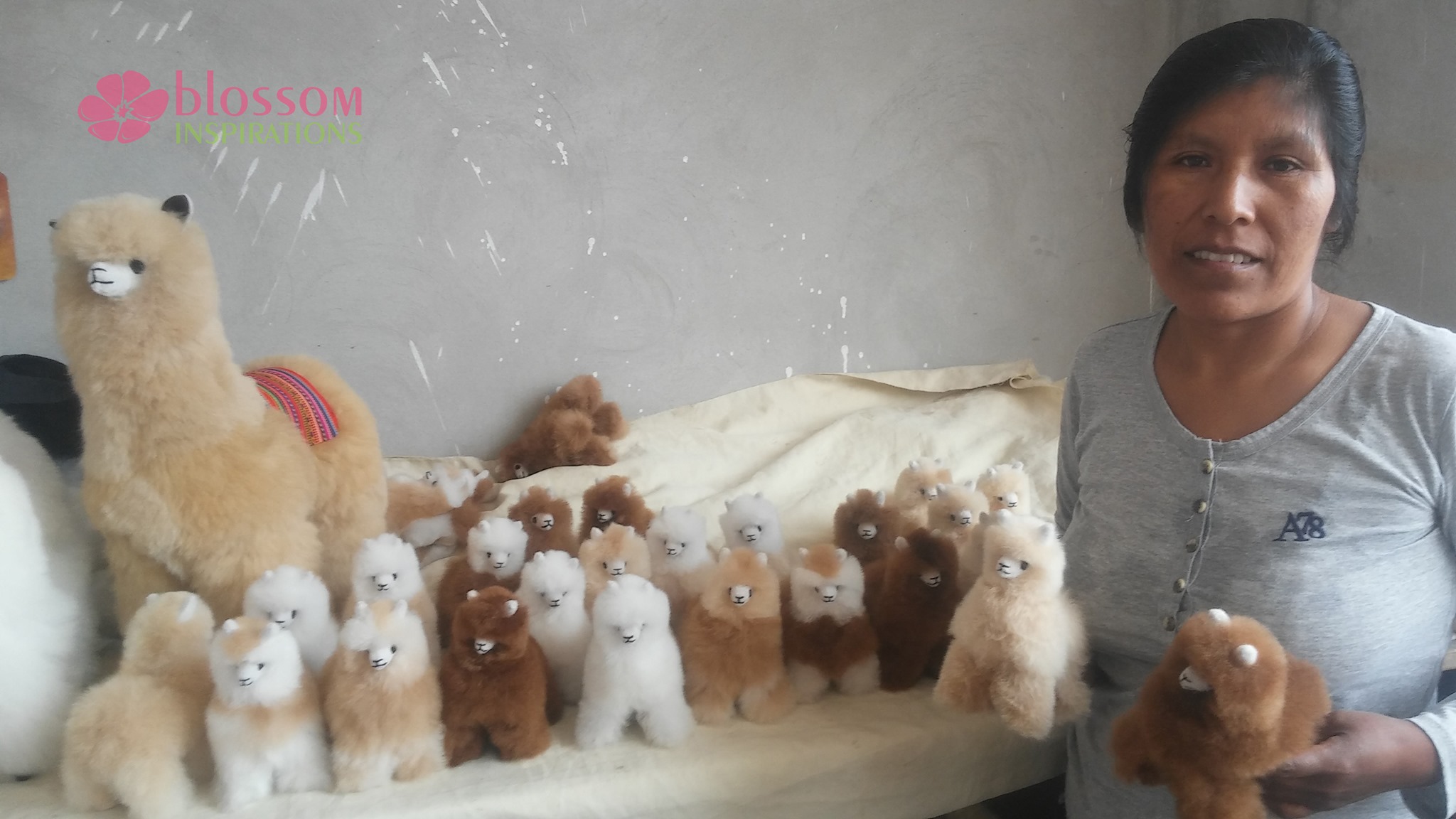
Definition
Fair Trade is a movement that helps farmers and workers in developing countries to build mutually beneficial business relationships, obtain livable wages, and improve social and environmental standards. Fair Trade helps establish baseline economic, environmental and social standards that all workers have the right to enjoy. It helps transfer wealth to farmers, plantation workers and factory workers. The movement focuses on commodities, or products that are typically exported from developing countries to developed countries, but is also used in domestic markets most notably for handicrafts, coffee, cocoa, wine, sugar, fruit, flowers, and gold.
Fair Trade Statistics
Globally
Fairtrade certified products sell over $10 billion annually. However, this is still only about .02% of the world’s total consumer spending.
Fairtrade certified producer groups employed around 2 million farmers and laborers.
Fairtrade includes approximately 1,880 fairtrade certified producer organizations in 71 countries.
Latin America and the Caribbean account for 50% of fairtrade certified producer groups, followed by Africa and the Middle East (35%), and Africa (15%).
Coffee has the highest number of Fairtrade workers with about 44%.
Bananas, seed cotton, and cane sugar have the lowest percentages of fairtrade workers, each with only around 2%.
Coffee, cocoa and bananas generally generate the highest Fairtrade payment premiums .
More than 2.3 million hectares of farm land and plantations were under Fairtrade production. Cocoa, flowers, bananas, and coffee are among the crops with the highest land share.
Organic products account for 59% of fairtrade banana sales, 57% of coffee sales, 24% of cane sugar sales, 23% of tea sales, and 17% of cocoa sales.
According to research of consumers in 15 countries, more than 50% are aware of certifications such as the Fairtrade Mark, and 80% of those who are aware of it have a more favorable impression of products that hold it.
17% of farmers and 40% of workers in fair trade are women.
Employees on large-scale fairtrade farms invested 20% of their fairtrade premium in education programs for workers and their families.
47% of all fairtrade farmers produce coffee.
41% of all fairtrade workers produce flowers.
Fair Trade Finder https://fairtradefinder.com/what-is-fair-trade/
U.S.
Estimated spending on fair trade products – $1.5 billion
Import Statistics:
Fruit produce: 260 million pounds
Cocoa: 35,895 pounds
Coffee: 142 million pounds
Tea: 3.03 million pounds
Flowers 8.66 million stems
Premium Payments:
To producers of agricultural produce: $6.6 million
To coffee producer organizations: $28 million
To tea producer organizations: $832 thousand
To cocoa producer organizations: $3.2 million
Statistica
https://www.statista.com/topics/1173/us-fair-trade-market/#dossier
26% of Americans tend to agree that fairly traded goods are worth paying a little extra for.
Benefits
Producers
Certified producers must pay their workers a good wage and guarantee safe working conditions.
Fair trade guarantees producers a stable minimum price, even when the market price drops.
Producers also earn a community-investment premium above the minimum price. They can invest this in improving product quality, or in health care and education projects in the community
As quality goes up, producers can negotiate for a higher price than the guaranteed minimum.
Fair trade groups encourage sustainable agriculture and other practices that benefit the producers in the long term.
Consumers
Offers a way to buy ethically. Knowing that goods were produced without worker exploitation, such as with slave labor or in sweatshops, and using environmentally sustainable practices can help buyers reconcile their purchases with their principles.
